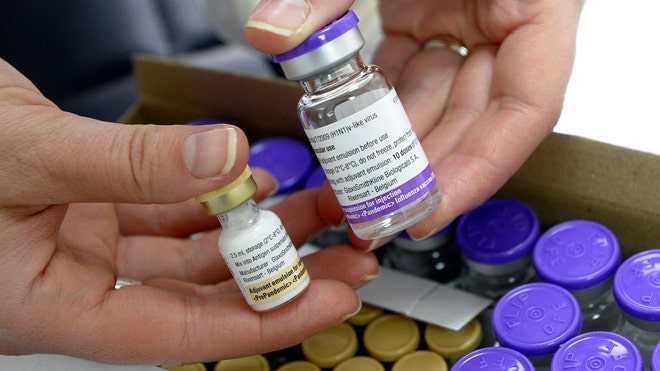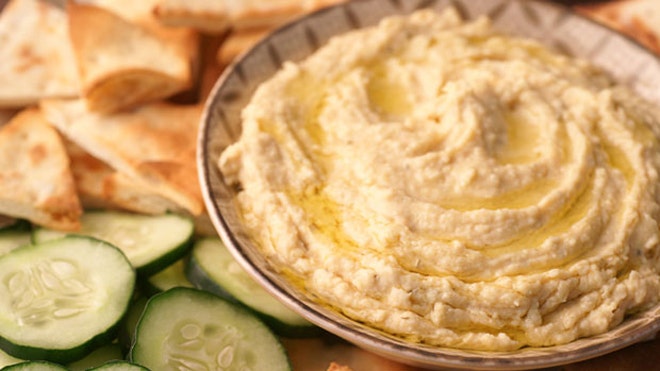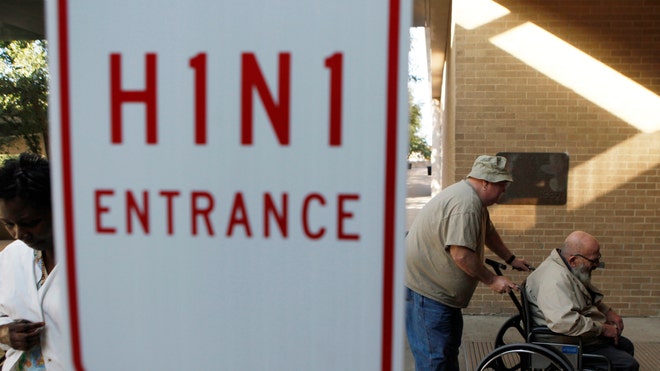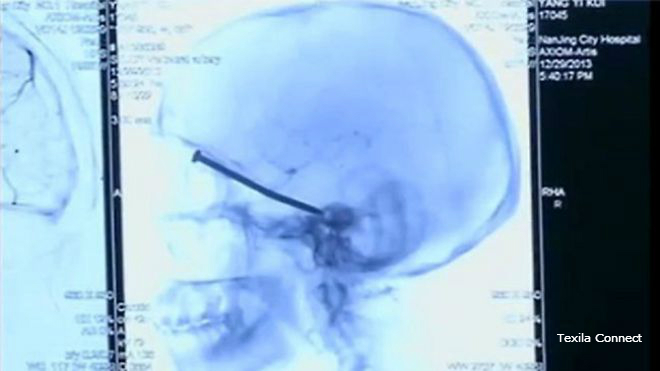
After surging in popularity for decades, diet sodas are beginning to lose their fizz.
Concerns over chemicals they contain as well as doubts that they actually aid in weight loss are giving drinkers a new taste for water.
At the Mid City Gym in Manhattan, Ben Roman is closing in on his fourth mile on the treadmill. And he’s ready for a drink, but not the kind he used to crave.
“I don’t drink soda at all now. More water now,” Roman says.
“I advise people should really start drinking water, and if possible, good-quality water, filtered water.”
More than ever before, plain old H2O is muscling in on the $61 billion-a-year soda industry.
Over the past year, sales of non-diet sodas have declined 2.2 percent, while diet sodas have declined 6.8 percent.
“There has been a negative attitude about artificial sweeteners in this country that has been growing over the years. It’s not all of a sudden,” says Harry Balzer, who analyzes eating trends for the NPD Group, a global market research company.
To stop the sliding sales, the beverage industry is looking at replacing artificial sweeteners such as aspartame and saccharine with those derived naturally from the stevia plant.
“Twenty years ago, it was all about avoiding harmful substances, avoiding calories, avoiding sugar, avoiding fat, avoiding cholesterol,” Balzer says. “This generation looks at health as, ‘What can you add to my diet? Where is the whole grains, where are the antioxidants, where is the dietary fiber?’ ”
Natural foods in general have increased in popularity. Ten years ago, diet and non-diet soft drinks were the second most popular food item. Today, they’ve fallen to fourth place, behind sandwiches, fruit and vegetables.
Back at the gym, Andre Giulino drinks a toast to that trend every day. His company is about to launch a new bottle design – for water.
Source: abc news










 People standing near someone using an e-cigarette will be exposed to nicotine, but not to other chemicals found in tobacco cigarette smoke, according to a new study.
People standing near someone using an e-cigarette will be exposed to nicotine, but not to other chemicals found in tobacco cigarette smoke, according to a new study. In a significant discovery, a team of researchers led by an Indian-American has found that a single gene dysfunction in mice results in developing fasting hypoglycemia, one of the major symptoms of Type 2 diabetes.
In a significant discovery, a team of researchers led by an Indian-American has found that a single gene dysfunction in mice results in developing fasting hypoglycemia, one of the major symptoms of Type 2 diabetes.